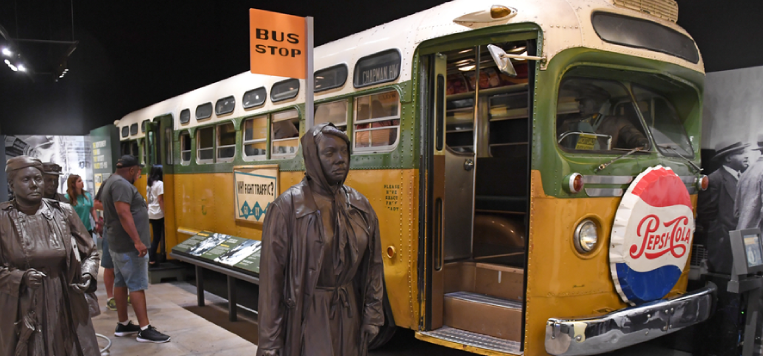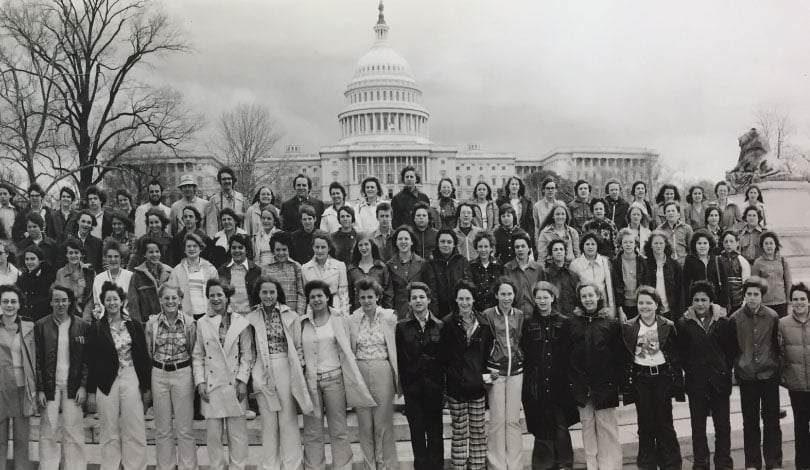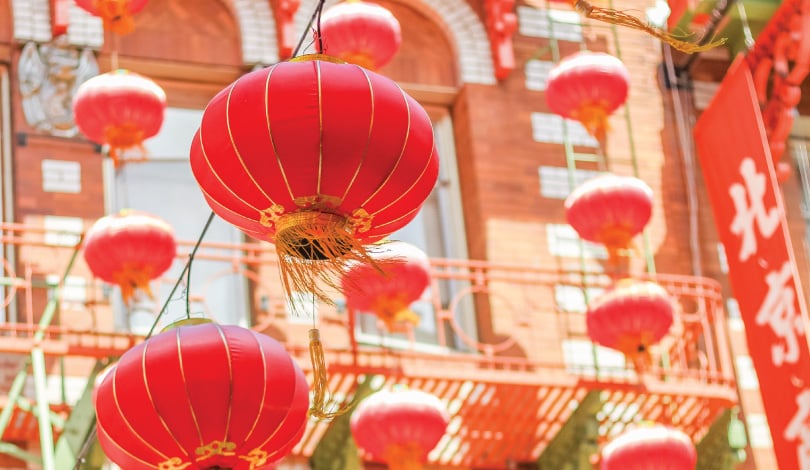Your students might think history lessons are all about the past, but on a Civil Rights student tour, they will come to realize that the struggles our country faced 50, 100, or even 200 years ago still resonate today. When you visit immersive and inspiring sites in Alabama, Georgia, and Tennessee, you'll bring to life complex social and legal issues like racism, education inequality, and voting rights.
Slavery
From slavery to the Civil War, emancipation to reconstruction, Jim Crow to Brown v. Board of Ed, the chapters in your textbook referencing, "one of the largest forced migrations in history," all are directly linked to present-day movements like Black Lives Matter. Gaining deeper insight into the topics of slavery, abolitionism, and the fight for freedom will enhance your students' understanding of the significance of the Civil Rights movement.
The Slave Haven Underground Railroad Museum conveys the importance of cotton as a crop and gives students a larger context for understanding why slavery had such deep roots in the South. Their "Antislavery Movement" exhibition honors abolitionists and those who risked their lives to help slaves make it through the Underground Railroad.
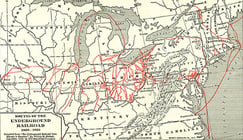 Slave Haven is a true "walk through history." As you make your way through an antebellum mansion and into its hidden passages, you and your students will retrace the steps of runaway slaves making their way north through damp cellars and secret tunnels.
Slave Haven is a true "walk through history." As you make your way through an antebellum mansion and into its hidden passages, you and your students will retrace the steps of runaway slaves making their way north through damp cellars and secret tunnels.
This hands-on experience can help you talk to your students about difficult topics like racism, immigration, and refugees.
Activism
Young students today may not fully understand the many protests taking place around the world: Why do people march? Are they really accomplishing anything?
At the National Civil Rights Museum, your students can "virtually walk through the protest experience" and understand the impact of lunch counter sit-ins and non-violent direct action with their "Standing Up by Sitting Down" activity.
The museum offers many more events and resources for educational groups to enhance their visit and expound on classroom lessons concerning slavery, protests, boycotts, key cultural movements, and historical figures.
Set in the Lorraine Motel, where Dr. Martin Luther King, Jr., was assassinated 50 years ago, the museum now serves as an uplifting reminder that even in a place that was overcome with such terror and violence, a positive legacy can still emerge.
Boycotts
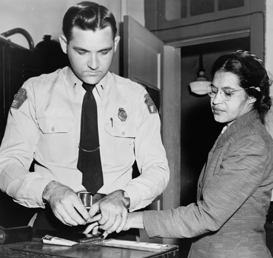 Whether your school is in a big city or a small town, it might be hard to imagine an entire community toppling a law because they decided not to ride public transit.
Whether your school is in a big city or a small town, it might be hard to imagine an entire community toppling a law because they decided not to ride public transit.
In December of 1955, Rosa Parks famously refused to give up her bus seat to a white man. She was arrested and fined, and African-American groups seized the moment to organize a boycott of the city's bus system. That meant over 75% of the people who rode the bus would no longer be paying fares. The black community banded together, organizing carpools, walking to work, and even offering discounted cab rides. They wanted to make sure the boycott lasted and the city felt the economic power of the African-American community. Montgomery buses finally integrated after the U.S. Supreme Court denied their legal appeal.
The Montgomery Bus Boycott remains one of the most significant protests in American history and is an effective way to show students that you can protest in many different, non-violent ways.
The Rosa Parks Museum in downtown Montgomery has resources for learners of all walks and lets visitors "travel through time" to sit on a 1950's public city bus, see Ms. Parks get arrested, and meet Dr. King before he became the icon we know today. You can witness the effect a small group of determined citizens can have on their community, their country, and the world.
Voting Rights
Are you struggling to explain the importance of gerrymandering in your social studies, politics, or civics classes? Maybe your students don't feel a connection to voting and democracy. The National Voting Rights Museum & Institute in Selma, Alabama, clearly illuminates the struggle for voting rights that excluded groups face, and it offers a unique opportunity to learn how lessons from the past continue to help secure our rights for the future.
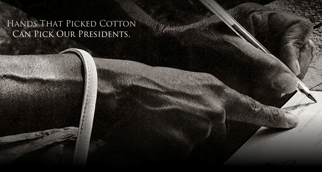 The museum is located next to the Edmund Pettus Bridge, the site of 1965's "Bloody Sunday." Civil Rights demonstrators were on their way from Selma to Montgomery to fight for voting rights, and they were attacked by armed police.
The museum is located next to the Edmund Pettus Bridge, the site of 1965's "Bloody Sunday." Civil Rights demonstrators were on their way from Selma to Montgomery to fight for voting rights, and they were attacked by armed police.
That event is the foundation for the National Voting Rights Museum and Institute, but the museum works hard to show you and your students that the struggle for voting rights and equality started well before 1965.
From multimedia galleries to special events and voter registration drives, student tours will be able to see, hear, and feel how equal access to voting and democracy affects us all.
In nearby Montgomery, the national Civil Rights Memorial sits across from the Southern Poverty Law Center, a pioneering organization in civil rights and tolerance education. The memorial honors all those who gave their life for the Civil Rights struggle and asks visitors to sign the Wall of Tolerance and "stand against hate, injustice and intolerance" in their honor.
This encapsulating experience is a "living reminder... that the struggle for justice and democracy is a never-ending one."
Ready to bring U.S. history to life?
